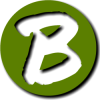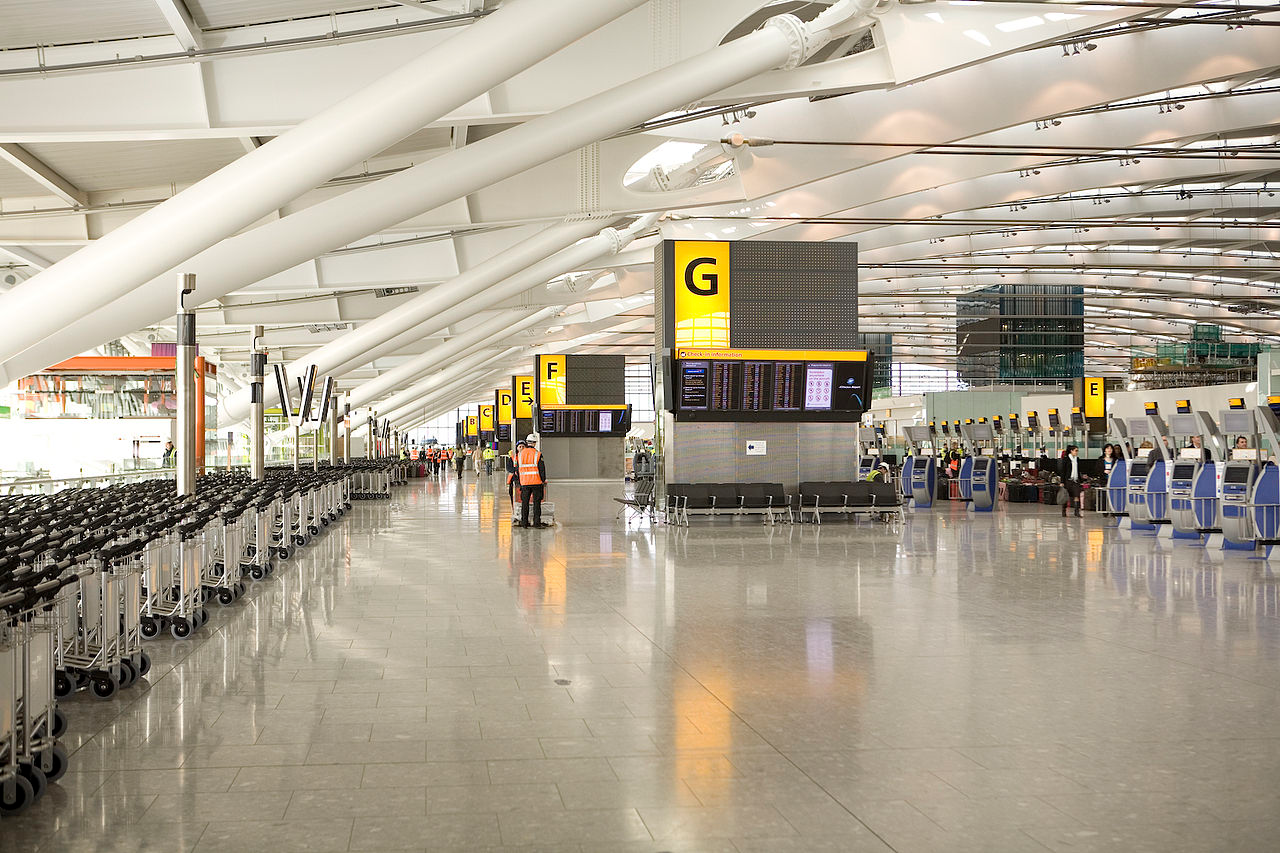On April 20, Sheri and I left on a trip to Ireland we had planned for a year. It was a 10-day bus tour organized by Tullamore, a Kansas City Irish music band composed of friends of ours, and there were more than 90 passengers in two buses, including our best friends Jack and Linda. It was costly, but it was so worth it.
The manifest included many friends we knew and loved from the Irish Festival, and their friends became ours as well. We had a glorious time, stopping at pubs, museums, ruins, natural formations, and a woolen garment factory in a tiny town called Ardara. The financial carnage there was extensive, as nearly everyone on both buses wound up buying sweaters, caps, capes, vests and outerwear. I wound up with a lovely blue tweed sport coat which they shipped here. It was waiting when I got back.
There was a breakout of some kind of intestinal bug that brought down many of us, but Sheri and I didn’t get it. My troubles didn’t start until the end of my journey. Most of us were scheduled to fly back to the US on Sunday, May 1st, so the tour company brought in a COVID testing firm the afternoon before, because no one gets back into the US without a recent test. As we lined up for our tests, I realized my passport had gone missing. They weren’t testing people without a passport, but the paper copy of its photo page that Sheri had made for me worked for them. It didn’t work at Dublin Airport the next day, though. In what looked like a tearful scene from a WWII movie, we parted (she had to teach school the next day), and I caught a taxi back to the hotel.
Our original plan was for me to wait until Tuesday morning and go to the US Embassy to beg for a temporary passport. Monday, May 2 was a Bank Holiday and no one was open. After a nap at the hotel, I got a happy call: someone at the hotel had found my passport and turned it in at the front desk. I galloped downstairs to reclaim it and ran back up to the first floor (Irish buildings call the ground floor G, and what we would call the second floor becomes 1) to use the hotel’s guest computer to contact British Airways and book the next flight home. I had to use it because I had deliberately left my cell phone in the states. The airline’s website announced that they were experiencing a volume of calls that was greater than anyone in the world could possibly be expected to deal with and suggested I go to the airport to deal with them face to face. After another taxi ride, I got to the airport and found they hadn’t bothered to staff the ticket counter. I waited a long time by myself and then tried to get to a gate agent, only to be told by a guard with a contemptuous look in his eye that I couldn’t get inside without a boarding pass. I went back to the ticket counter and found more people had arrived to wait in line. After a while, the ticket agents showed up and we made progress. My agent informed me that I would have to buy a fresh ticket and that I couldn’t leave until 10:40 the next morning, meaning I was out the money for the ticket, another night’s stay, and two more taxi rides.
I flew from Dublin to London Heathrow that Monday without incident, but then things went completely off the rails. When I tried to get on the flight to Dallas in Heathrow, I found I had suddenly morphed into an American Airlines passenger without being asked for consent. Even worse, they said my COVID test from Saturday was too old, as in more than 24 hours past. I had mistakenly thought the deadline was 48 hours. One of our fellow travelers, Robyn, had tried to correct me, but it didn’t sink in. The ticket agent pointed out that there were testing firms in the terminal and left me to find them on my own. Meanwhile, my checked suitcase went on to DFW without me. It was having a better time than I was.
Heathrow’s Terminal 5 is the largest freestanding building in the UK, and it took plenty of walking before I found the testing agency. Things got worse immediately. The testers absolutely refused to see me without an appointment, no matter how busy or not busy they were at the time. The only way I could get one was by scanning a QR code displayed at the entrance. They wouldn’t give me a number so I could set up an appointment using a pay phone, because “we don’t do business that way any more.” Two problems immediately surfaced: I didn’t know how to work with a QR code, and my phone was across the water in America. I sat and pondered a good while and then walked over to the phone store to buy one and set up a temporary plan. The phone wasn’t expensive, but it was a French Alcatel model that never made it to the states, and it ran on Android, a system I’d never used before. I had to go back to get the lady to show me how to find out what my phone number was. Needless to say, the phone didn’t do me any good. It couldn’t even call outside the UK, meaning I couldn’t let Sheri know where I was. The man who spent a good portion of his life being paid to repair cell phones down to component level stood defeated by the latest model. In my despair, I pondered what it would take to become a UK citizen, since it appeared the only way I would ever get back to the States was by swimming.
I finally asked an American Airlines ticket agent for ideas about how I could get home. I now repent for all the bad things I’ve said about AA customer service over the years. She listened to my sad tale and immediately teamed up with one of her colleagues to straighten out my problems. The colleague grabbed her company phone and walked with me through three concourse levels to the other end of the building to take a picture of the QR code. She copied the code and sent it to Sheri, 4,000 miles away. Sheri was able to use the code to set up my appointment for two hours later. After I was tested, the agent had the results sent to her own phone. She put out a chair for me to wait in and returned with my cleared-to-fly certification just as I was explaining to a courteous pair of security guards why I’d been sitting in an unusual place so long, thus confirming my story.
After the guards left, the agent called Sheri again to tell her the happy news about my test outcome and allowed me to talk to her as long as I wanted. When we were done, the first agent set me up with my pass to fly home the next morning. Everyone, including the guards, assured me that it was perfectly all right to stay in the terminal all night, eating and sleeping as I saw fit. Indeed, a good many others were doing the same thing. At the agent’s suggestion, I saved even more money by camping downstairs next to Marks and Spencer, a small outpost of a larger grocery chain with all sorts of meal options including fresh fruit, entrees, sandwiches, snacks and drinks. They sold 2-liter bottles of Scottish spring water for 50 pence each. They were about the size of fire extinguishers.
While I didn’t get much rest, I felt just as safe as if I’d been at a Disney theme park. M & S kept me well-fed all night with mixed nuts, wedges of Brie and ciabatta rolls, and the people-watching was endlessly fascinating. It wasn’t as pleasant as a night at home in my own bed, but it was far from the worst time I’ve ever had. Tuesday morning my flight left at 8:45 (their time), and we landed at DFW at 12:45 PM (our time), two days later than I had intended. Still, it could have been worse; both my COVID tests came up negative. Not all my friends on the tour experienced that happiness, and the ones who flunked couldn’t go home for many more days than me.
Would I do it all again? If you’d asked me that right after I’d gotten off that last plane, I would have answered “No” and added a string of expletives. Now, 10 days later? “Yeah! Let’s go!”

